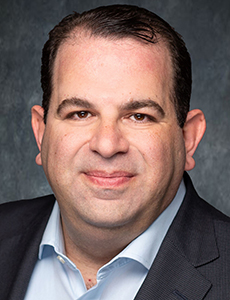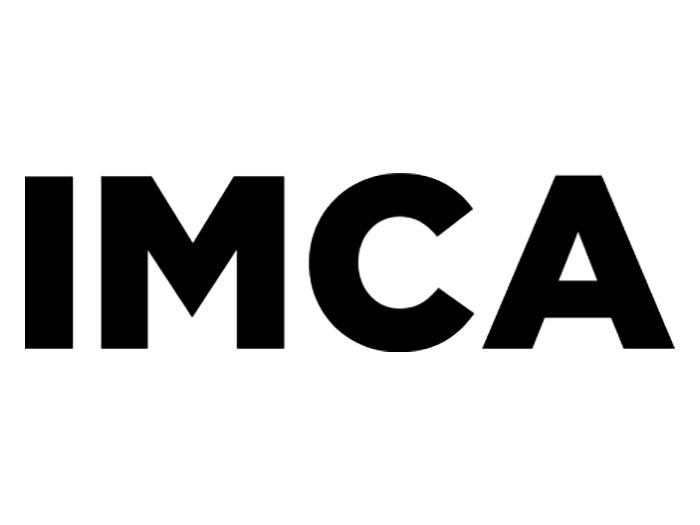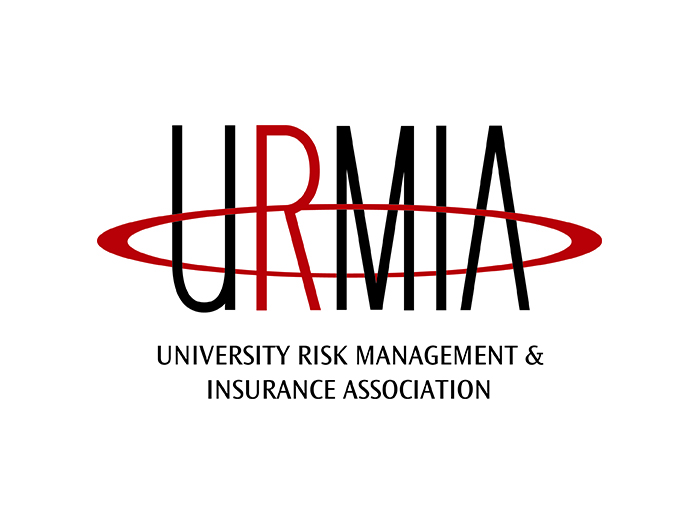Sponsored Content by Engle Martin
Three Ways Pre-Loss Planning Can Expedite Your Business Recovery and Claim Process

When the unimaginable occurs, what are the steps that you would take on the road to recovery?
For business owners, when damage and destruction occur, their primary instinct is to restore their business activity as quickly as possible. Businesses are not focused on the implications of having insurance. Recognizing the role insurance may play in providing a path to recovery, prior to an event, creates an opportunity to unlock the benefits of seamlessly integrating a business response with the insurance claims process into one common protocol.
Insurance can be a critical tool, but it is frequently undervalued. Insureds are too often caught unprepared after an event, unsure of how the insurance claims process works, what is expected of them, what decisions they can make on their own and what decisions require approval from their insurance carriers.
“Insurance has been commoditized,” said Marc Giovannetti, Vice President and Senior Executive General Adjuster at Engle Martin & Associates, a leading national loss adjusting and claims management provider. “Declining insurance premiums have persisted for too long, meaning the value of insurance has not received the attention or priority it deserves. Commercial insurance provides a vital function for business continuity and people forget its importance until the worst occurs.”
The prevailing hardening market, along with the economic impacts of the ongoing pandemic, will likely motivate insureds to realize the full value of their policies.
Getting the most out of an insurance policy should always include some form of pre-loss planning with an experienced claims adjustment team.
“Having a dedicated adjuster, who is familiar with the insured’s business locations and the unique characteristics of its business operations, is the first step in improving the claim process. Creating this business familiarity increases the probability that the adjuster will be able to provide a responsive and effective adjustment service shortly after an event which adds value to the overall process,” Giovannetti said.
Effective pre-loss planning includes three critical components:
1. Establishing Engagement Touch Points to Facilitate a Claim Response

Marc Giovannetti, Vice President and Senior Executive General Adjuster, Engle Martin & Associates
When independent adjusters respond to a claim cold, not knowing anything about the affected business or the people who run it, more time must be devoted to gathering information about the business’ operations.
“If I’m not familiar with the insured’s operations or its organization, collecting pertinent claim information about the loss becomes a much slower process. Familiarity between an insured and an adjuster prior to a loss can foster a basic trust which facilitates faster response times in the claim investigation process. Insurance claims have a human component to them which cannot be underestimated,” Giovannetti said.
“We are in the business to help solve complex business problems in partnership with insureds. These problems are created by unforeseen events, which lead to consequences of financial loss, and in some instances, even more grave outcomes. Being empathetic and respectful of these business challenges to gain the trust of an insured, without a prior existing relationship, creates a significant challenge which takes time to overcome.”
When an adjuster has to spend days building a base knowledge of the insured and their business operation, it takes up critical time which can delay the claim investigation process unnecessarily. Speeding up the loss adjustment process will ultimately result in faster claim payments, lower overall economic damage, and better outcomes for insureds and insurers alike. In the face of catastrophic events, a quicker adjustment response can mean quicker partial claim payments which may advance recovery efforts faster than other damaged businesses who are competing for the same resources in their own recovery efforts.
“It all starts with something as simple as identifying the key decision makers in an organization who will be accountable in the event of a loss, making an introduction, and establishing a communication protocol. That simple step has a significant value, because when a claim occurs, that familiarity allows you to share your expectations and set the right tone for the claim to be managed,” Giovannetti said.
2. Pre-agreement of a Protocol to Share Claim Information
Adjusters need access to a variety of business information to understand the impact of a loss at a granular level. This typically can include not just information about the loss itself, but in many instances information about the company’s broader operations and how these interrelated business operations may have been affected.
For example, power producers typically have contracts with third parties that handle the operation and maintenance of the facility, such as the machinery or equipment, which is the source of the power production. Obtaining these applicable contractual agreements is vital to understanding the insured’s roles and obligations in a particular loss. The faster these contracts can be transmitted to an assigned adjuster, the quicker this aspect of the claim investigation will be completed.
Therefore, predetermining an agreeable digital file sharing format for the transmission of requested loss information will expedite the exchange of pertinent claim information.
In other loss circumstances, proprietary customer information may be central to the business loss experienced by the insured. If an adjuster receives this information after a loss occurs, it could result in delays based on the nature of the request or the need to execute a non-disclosure agreement.
In certain instances, a data warehouse which is destroyed, will not only be measured by the value of the loss contents in this warehouse but also by the cost to recreate this valuable proprietary information. Knowledge of these business sensitivities and exposures prior to a loss occurring can have a dramatic impact on the effectiveness of the loss adjustment.
“In these circumstances, an experienced loss adjuster can identify the right experts to work in partnership with the insured to realize creative and effective methods to mitigate the loss, reducing the value of the claim and the business impact to the insured. This work begins with an understanding of the insured’s exposures and the ability to quickly gain access to pertinent claim information regarding the scope of the insured’s loss,” Giovannetti said.
“Agreeing to a common file transfer protocol that meets an insured’s internal data privacy and security requirements is a simple step that can save time, money, and avoid needless frustration in the claims process.”
Unfortunately, there has not been enough emphasis around protocols for sharing of claim information with adjusters when there is not a high-stake claim at issue. Proactively establishing a confidential file transfer protocol is vital to unlocking the value of a prompt loss adjuster response.
3. Recognizing the Benefits of Catastrophe Planning and Disaster Preparedness
Most companies have a catastrophe/disaster preparedness plan, but few plans do a good job integrating the insurance claim process into their internal protocols. Instead of viewing an adjuster’s sole purpose as to advance submitted claims toward resolution, businesses should look at adjusters as claim management resources, who are capable of providing valuable insight to a catastrophe response.
It all comes down to how insureds perceive the value of their insurance policy – is it a tool of last resort and nothing more? Or can it serve as an access point to a sophisticated set of technical tools which can serve to effectively assess and mitigate losses in the business recovery process?
“There are some very sophisticated technical tools, depending on an insureds business assets and exposures which can be transformative in responding to a catastrophic event. Companies with a sophisticated outlook on these issues will benefit economically not only in lowering claim costs but potentially lowering insurance acquisition costs,” Giovannetti said.
When brought into catastrophe and disaster planning, adjusters have an opportunity to supplement the insured’s view of their risk and exposures with their own experience while making constructive suggestions regarding the most effective technical assessment tools for their insured assets. They can also introduce insureds to business partners and experts who may also be able to provide additional insight on exposures or loss mitigation opportunities.
“Typically, complex commercial insurance property claims can last on average between 18 to 24 months, and that’s a very long time for everyone involved. In our emerging technologically driven world, there’s an opportunity to significantly compress those timeframes if everyone works together. The opportunity to realize the benefits of this technological transformation, including the technical tools that come along with it, begins with a basic commitment to collaboration,” Giovannetti said.
“Insureds, adjusters, and insurance carriers need to demonstrate an appreciation for the respective roles each profession can play in efficiently solving the business challenges that are presented in managing the impacts of catastrophe events.”
Why Independent Adjuster Expertise Matters More than Ever
Now more than ever, both insureds and carriers have a lot to gain from a closer relationship with experienced value-added adjusting firms.
For one thing, more expensive insurance premiums will drive business owners and executives to demand more value from their insurance policies when claims occur. Independent adjustment professionals are positioned closest to clients/insureds, and they are in the best position to deliver value to all of the stakeholders in the claims process. In order for this to be accomplished clear claims process and expectations need to be established as early as possible in the policy term.
“Now that the pricing environment for insurance is increasing, corporations will change their perspective on the value of insurance and the claim process to prioritize getting a return for this additional expense,” Giovannetti said. “We’re the face of the property insurance product because the insured hears and sees from us first when the benefit of the product is being realized. Leveraging this connection to the insured and their business operations provides a more engaged level of service to the client which improves the perceived value of insurance product itself.”
The increasing pricing environment for insureds, compounded by the forecasted above average hurricane season, means the worst of the season may still lie ahead for insureds and carriers alike. As if that wasn’t enough, the COVID-19 pandemic is driving a whole new set of challenges and complications into the loss handling process, making it difficult for physical inspections to be executed promptly and slowing the receipt of pertinent claim information.
“Since many business operations and processes are significantly challenged by the pandemic, having solid relationships with an insured is more important than ever to being able to assess and recover from loss events both big and small which will occur between now and the end of the year,” Giovannetti said.
“People are going to have to creatively adjust their loss recovery process and their expectations which will only be achieved through meaningful partnerships. Engle Martin is prioritizing the call for upfront dialogue and pre-loss planning with all of our insureds in the current circumstances.”
For the best possible claim outcome, insureds need to partner with a reputable and well-resourced independent adjusting firm, who can deliver on their promises even in the toughest situations.
Engle Martin’s national Specialty Loss Group, consists of the firm’s elite Senior Executive General Adjusters and Executive General Adjusters, dedicated to managing complex losses from a variety of commercial business sectors.
“Regardless of the severity of the claim, our team takes pride in partnering with our clients, pre and post loss, to truly understand their insurance assets, processes, and business strategy in order to provide a seamless claims experience for those involved,” Giovannetti said.
To learn more, visit https://www.englemartin.com/loss-adjusting/large-loss/.
This article was produced by the R&I Brand Studio, a unit of the advertising department of Risk & Insurance, in collaboration with Engle Martin. The editorial staff of Risk & Insurance had no role in its preparation.










